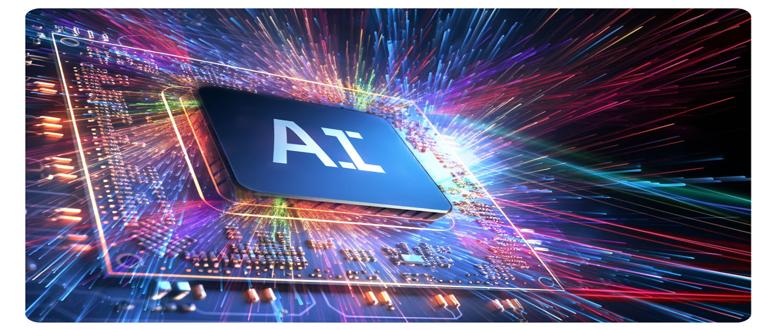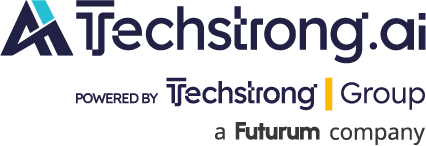
The recent whiplash between Windsurf’s SWE-1 launch and Anthropic’s Claude 4 release, just one week later, offers a stark lesson for engineering leaders: The AI foundation model race is too expensive and moves too quickly for most companies to compete directly.
According to Merrill Lutsky, co-founder and CEO of Graphite, this dynamic mirrors the early cloud computing wars in revealing ways. “Initially, the cloud was very fragmented, and everyone was doing it themselves. Then AWS emerged as the initial leader, but very shortly thereafter, you had GCP and Azure launching comparable offerings,” Lutsky explains. The key insight from that evolution is that differentiation at scale comes not from the underlying infrastructure, but from how well services integrate into existing toolchains and workflows.
The Hidden Costs of Model Building
While resource constraints are the obvious barrier to building proprietary coding models, Lutsky identifies a more fundamental challenge: establishing effective feedback loops. “The biggest challenge is the feedback loop and getting the data flywheel right,” he notes. “You need the tight feedback loop of generating suggestions, capturing whether those suggestions were any good, and applying that human feedback piece is hard if you’re not already at scale.”
This creates a catch-22 for most organizations. Without the massive user base that companies like Anthropic possess, gathering sufficient training data becomes prohibitively difficult. The billions of dollars required for foundation model training represent just the entry fee; maintaining competitive performance requires ongoing investment in data collection, model iteration and infrastructure that few companies can sustain.
Rethinking Build Versus Buy
For most startups and mid-size companies, Lutsky argues the question isn’t build versus buy, it’s about strategic positioning. “It’s more a question of how much you want to tie to any one provider, and then how much you want to fine-tune or customize for your particular application.”
Graphite has taken a deliberate approach by focusing intensely on one model provider rather than building a model-agnostic platform. “We found you could get better, more consistent performance for specialized applications by focusing on one model provider and then really going deep on understanding how that model works,” Lutsky explains. This strategy allows them to optimize prompts and evaluations to extract maximum value from their chosen foundation model.
Where Competitive Advantage Lives
If everyone has access to the same foundation models, competitive differentiation must come from the product experience and value delivered to users. “The biggest way to differentiate is in product experience and whatever service or experience you’re providing in the end,” Lutsky emphasizes.
For Graphite, this means becoming the premier platform for code review and enabling teams to manage the volume of AI-generated code effectively. The company combines traditional workflow solutions, stack pull requests, merge queues and automations borrowed from how companies like Meta and Google scale code review, with Diamond, their AI code review agent that scans every code change and provides human-like feedback.
The Emerging Bottleneck Problem
As foundation models make code generation increasingly effortless, a new bottleneck emerges. “The time from having an idea to creating the code for a finished product is going toward zero,” Lutsky observes. “The bottleneck is no longer how quickly you can build the feature; it’s how quickly you can iterate on it, validate it and make sure it’s what you want to go out to customers.”
This shift creates opportunities across the development lifecycle. Teams need better tools for code review, preview environments for testing, more robust deployment systems, and merge queues to handle increased volume. Everything downstream of code generation must scale to handle 10 times the volume.
The Future of Development Workflows
Lutsky predicts significant changes to how developers work. “We’re not going to be in IDEs and terminals entering commands, editing line by line. It’s much more likely we’re going to be writing prompts, kicking off agents that are working in the background, and then coming back to us with pull requests.”
This evolution toward asynchronous, agent-driven development is already visible in how leading companies use AI tools. “We’re seeing some companies that have adopted both an AI code generation tool and then pair that with Diamond, and you get a back-and-forth where the code generation agent writes the pull request, Diamond reviews it, the agent makes updates based on Diamond’s comments, you have an agentic iteration loop before a human even enters the process.”
“The whiplash pace of the AI foundation model race, as seen with SWE-1 and Claude 4, confirms that directly competing in model building is economically unfeasible for most organizations,” said Mitch Ashley, VP practice lead of software lifecycle engineering at The Futurum Group. “A key strategy in ‘build-versus-buy’ decisions includes maintaining model flexibility, allowing companies to switch or migrate as innovations in models become available.”
Practical Implications for Engineering Leaders
For technical leaders feeling pressure to build proprietary AI capabilities, Lutsky recommends treating this like any build-versus-buy decision, with special attention to ongoing maintenance costs. “Do you want to not only take on the cost upfront of building your own AI systems in-house but also develop your evaluations, keep maintaining that for new use cases, keep updating these models as the base models evolve?”
The more strategic approach involves identifying where your organization can deliver unique value in the AI-enhanced development workflow. Rather than competing with billion-dollar foundation model investments, focus on solving the specific problems that emerge when AI dramatically increases development velocity. The companies that thrive will be those that recognize this shift and build exceptional experiences on top of the best available foundation models.

